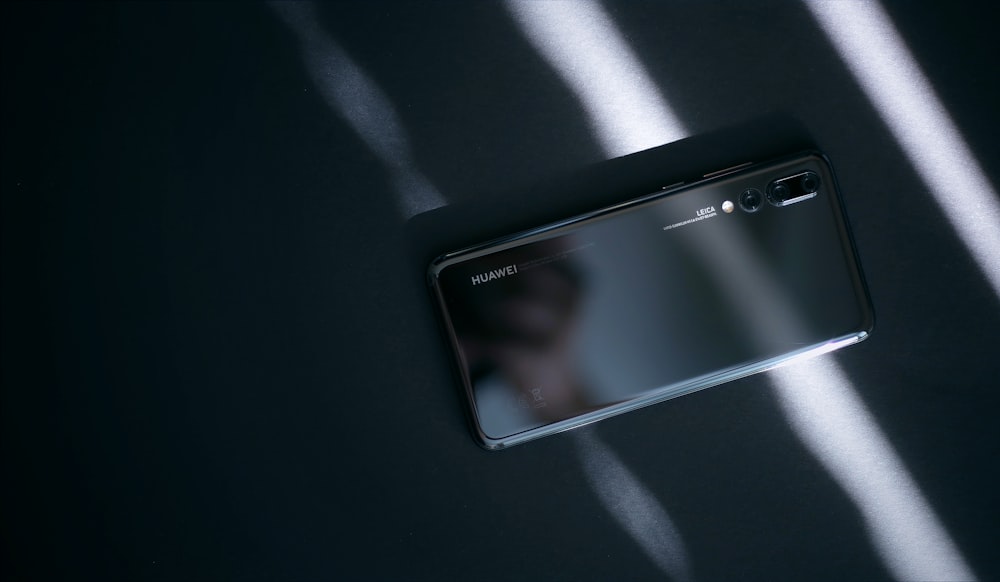In today’s digital landscape, where smartphones are ubiquitous, the risk of device theft looms large. However, with the advent of IMEI blacklist checks, users now have a powerful tool to protect themselves against the repercussions of such thefts.

Understanding IMEI Blacklist Checks
The International Mobile Equipment Identity (IMEI) blacklist is a database containing the unique identifiers of stolen or lost mobile devices. IMEI blacklist checks involve verifying whether a device’s IMEI number appears on this list, indicating that it has been reported stolen or lost.
The Importance of IMEI Blacklist Checks
- Preventing Activation of Stolen Devices: By checking the IMEI blacklist before purchasing or activating a device, users can ensure that they are not inadvertently supporting theft or purchasing stolen goods.
- Protecting Personal Data: Stolen devices not only result in financial losses but also pose a significant risk to personal data security. IMEI blacklist checks help users avoid falling victim to data breaches by steering clear of compromised devices.
- Deterrence Against Theft: The existence of IMEI blacklists serves as a deterrent to potential thieves, knowing that stolen devices can be easily traced and rendered unusable through IMEI blacklisting.
Implementing IMEI Blacklist Checks
- Before Purchase: Prior to buying a secondhand device or acquiring one from an unofficial source, conducting an IMEI blacklist check can provide peace of mind and safeguard against unknowingly acquiring a stolen device.
- At Activation: Mobile network operators and device retailers often incorporate IMEI blacklist checks into their activation processes, ensuring that only legitimate devices are allowed on their networks.
Challenges and Solutions
While IMEI blacklist checks are effective, they are not without challenges. Thieves may attempt to alter or clone IMEI numbers to evade detection. However, ongoing advancements in technology and collaboration among industry stakeholders are addressing these challenges.
- Database Integration: Comprehensive databases that store blacklisted IMEI numbers facilitate real-time checks across multiple networks and regions, making it harder for thieves to sell stolen devices.
- Blockchain Integration: Some initiatives explore leveraging blockchain technology to create immutable records of IMEI blacklists, enhancing security and transparency in the validation process.
Conclusion
IMEI blacklist checks play a pivotal role in safeguarding users against the repercussions of device theft. By incorporating these checks into their purchasing and activation processes, users can protect themselves against financial losses, data breaches, and unwittingly supporting criminal activities. As technology continues to evolve, IMEI blacklist checks will remain a cornerstone in the ongoing battle against stolen devices, ensuring a safer and more secure mobile ecosystem for all.
